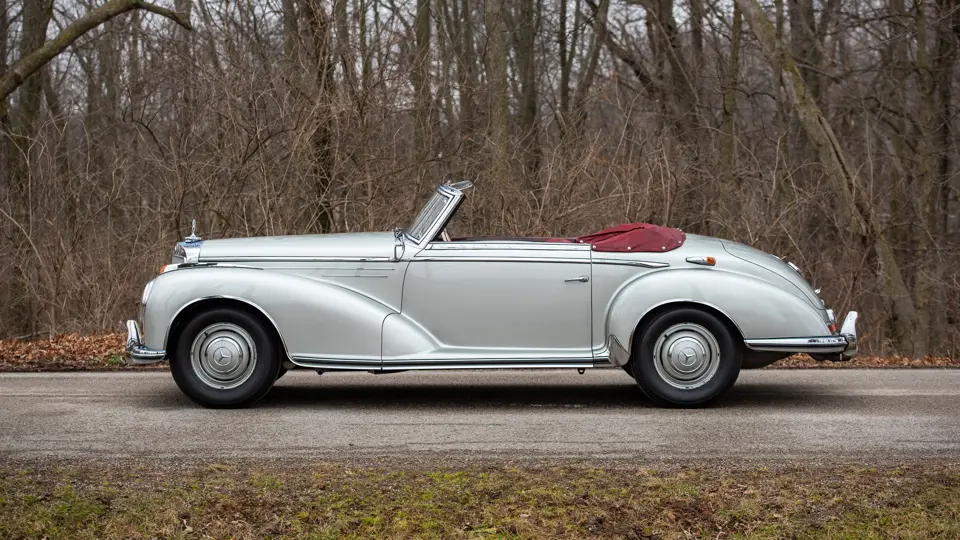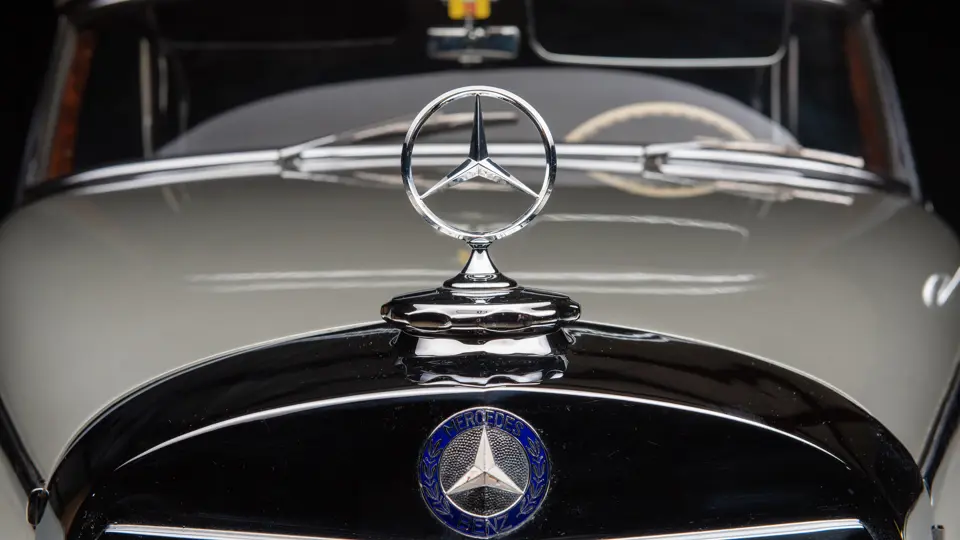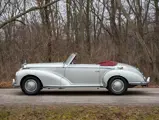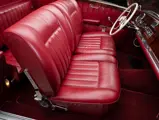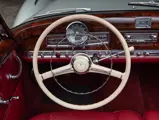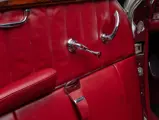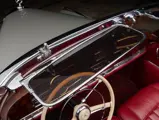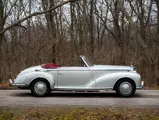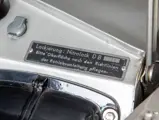Mohammed Reza Pahlavi, the last Shah of Iran, ranks among the best-known automobile enthusiasts of the 20th Century, aggressively acquiring the very finest, custom-built examples of the greatest marques from the 1950s until his overthrow in 1979. He was a genuine connoisseur, who worked with manufacturers to receive cars finished to the latest and hottest specifications, and often in custom colors and trim. The greatest products of Ferrari, Maserati, Lamborghini, Rolls-Royce, and Mercedes-Benz poured into the Royal garages and could frequently be seen running at high speeds on the roads around Tehran.
The appreciation of fine automobiles within the Pahlavi family was not restricted to the Shah. Indeed, according to Iranian automotive historian Bourzou Sepasi, it was his fraternal twin sister, Princess Ashraf ol-Molouk Pahlavi, who took delivery of this new Mercedes-Benz 300 S Roadster.
Often depicted in the period press as a dilettante socialite, Ashraf was actually a very driven personality with a fierce streak of independence, who in 1936 became one of the first Muslim women to abandon the hijab. She kept a close eye on her brother and served as one of his most trusted advisors, to the point where Prime Minister Mohammad Mossadegh, convinced—not inaccurately—that she was plotting against him, exiled her from the country. In 1953 she convinced the Shah to approve the military coup removing Mossadegh, thus clearing the way for her sibling’s return to power. As the story goes, the CIA thanked her for her help with a packet of cash and a mink coat. For the remaining 26 years of the Shah’s rule, she would be a “power behind the throne,” and was referred to in the popular press as “The Black Panther.”
Ashraf’s 300 S was originally finished in metallic Light Green (DB 274) over an interior of Green leather (673) with a top of Green rubberized cloth (975), reflecting the longtime color of the Persian flag and a hue with great significance to the country’s people. Handwritten notes in the history file mention that the sale of the car was made directly through the head of VIP sales at Daimler-Benz, Mr. Schirmer, with the ordering agency noted on the data card as Merrikh, the Iranian importers. Actual delivery was to be made in Switzerland, one of the numerous locales at which the Pahlavis kept luxurious residences. At the time in her exile, Ashraf was photographed with the car, on temporary German “tourist registration” plates, outside the Carlton Hotel in Cannes.
Likely kept at one vacation home or another over the years, the Roadster likely never made its way to Tehran and thus escaped the Iranian Revolution. Further handwritten notes in the file note its subsequent owners as a Mr. Gronmeyer of Biberach, Germany; Claus F. Mirbach, a well-known vintage automobile dealer in Hamburg; and lastly Elmar Sipple of Ravensburg, who owned the car from 1994 through 1997. It was then brought to the United States and in 2009 was shown at the Palos Verdes Concours d’Elegance, by which time it had been restored in its present livery of silver with red leather interior and black top. In 2012 it was acquired by Tom Schröder, in whose ownership the engine was rebuilt and the mechanical systems serviced as-necessary by Lars Rombelsheim. The serial number of the current motor indicates it is from the previous year of production, and it is not known when it was installed.
Part of the current collection since 2014, this delightful 300 S remains in excellent overall condition throughout, and is complete with a luggage set which, given its olivine green color, may be original, though unmentioned on the build card. It is a wonderful example of its type, with a particularly fascinating and memorable history.




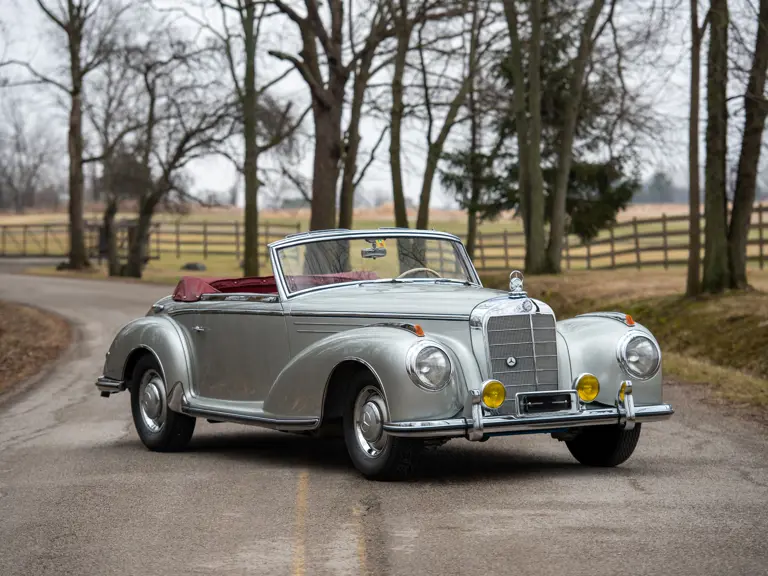
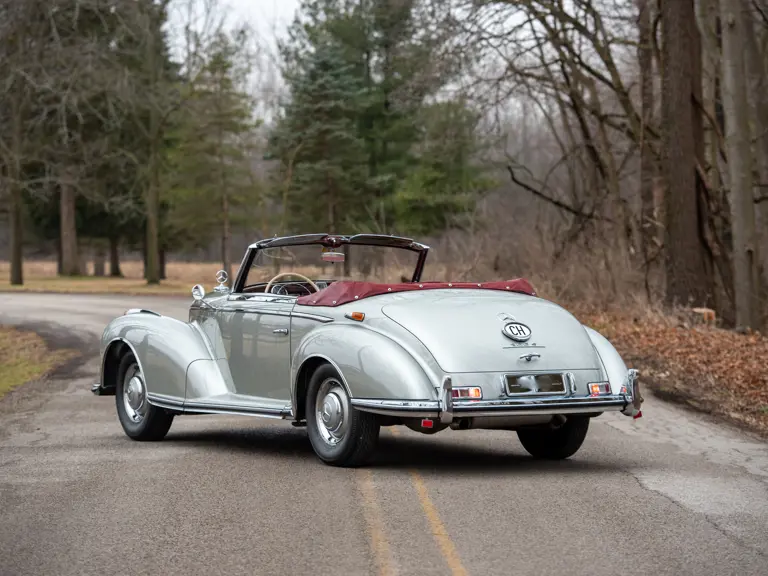

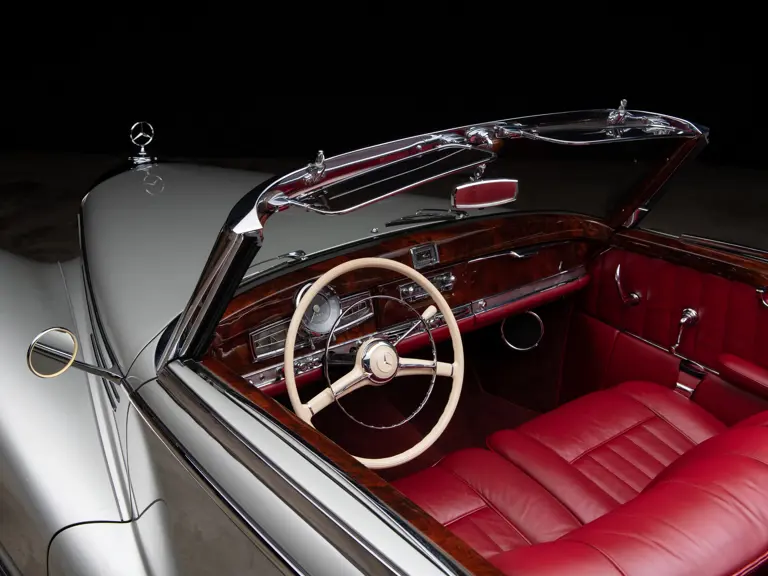
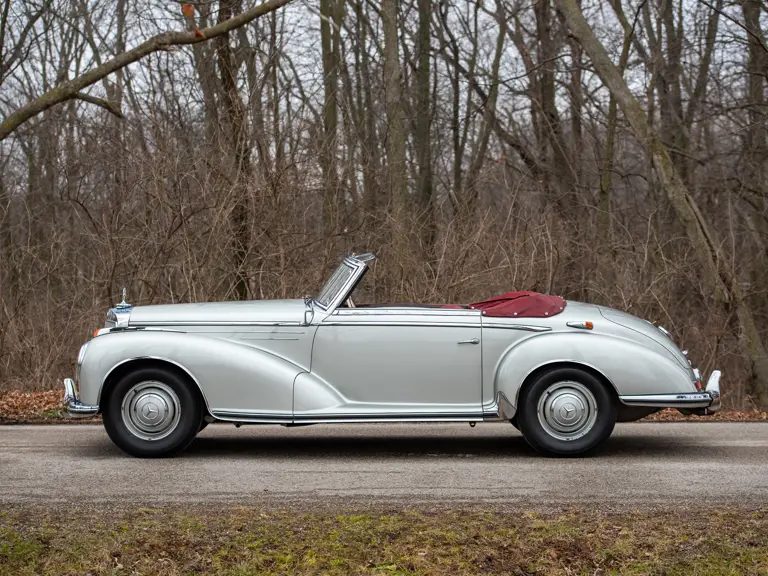
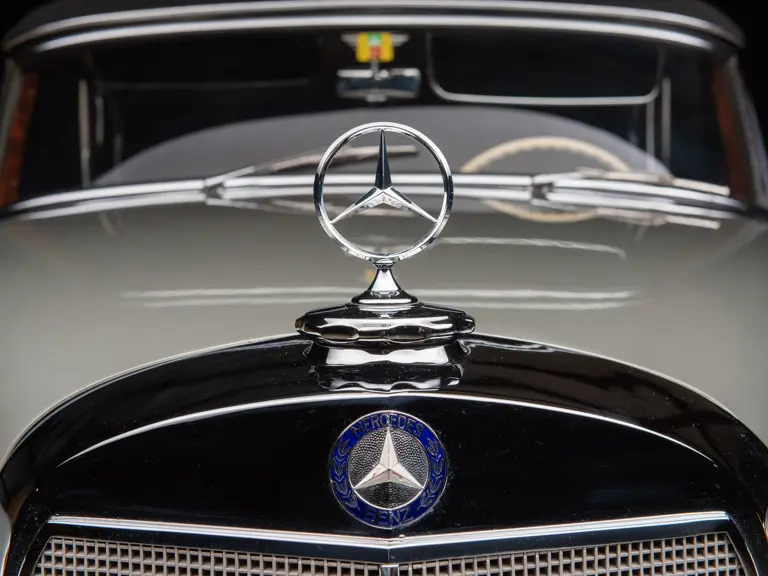
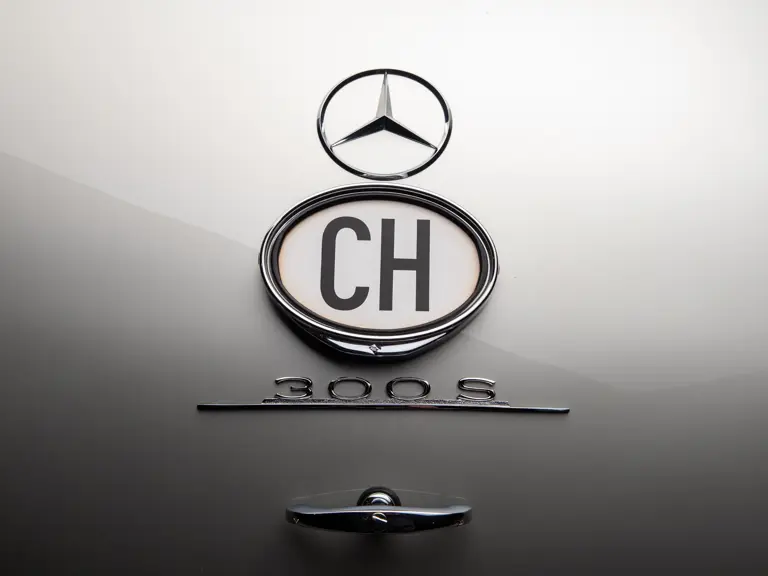
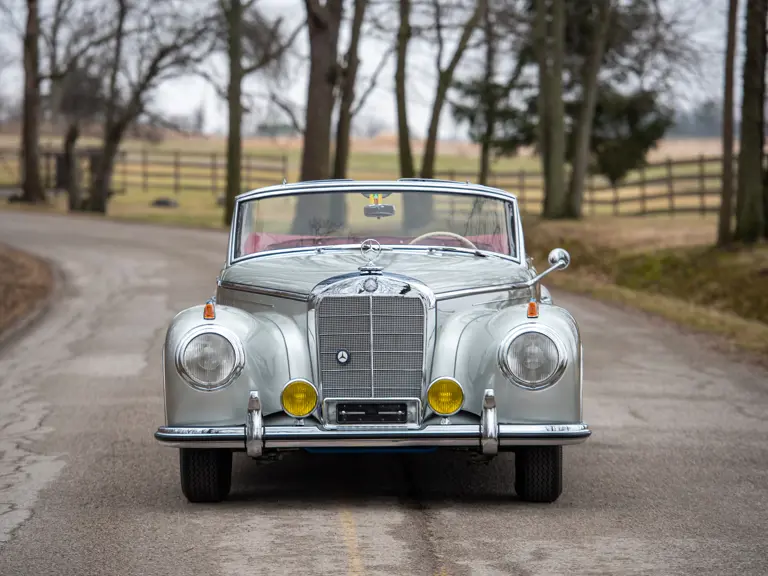
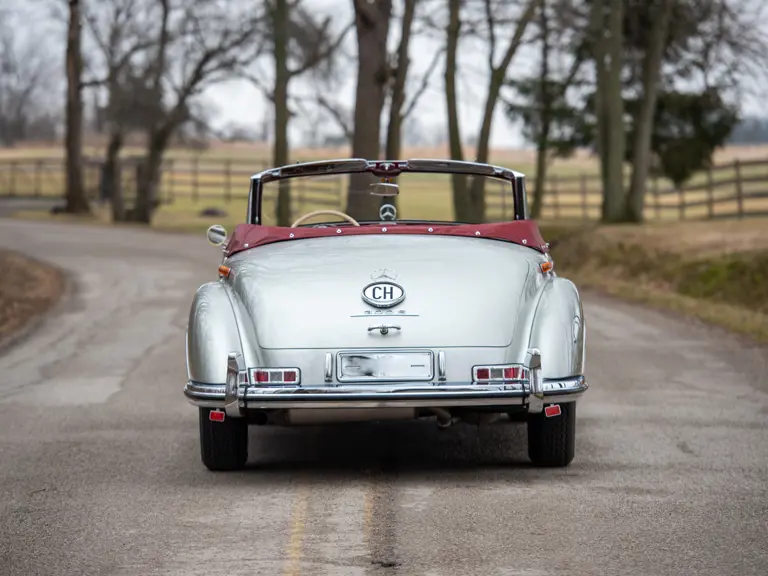
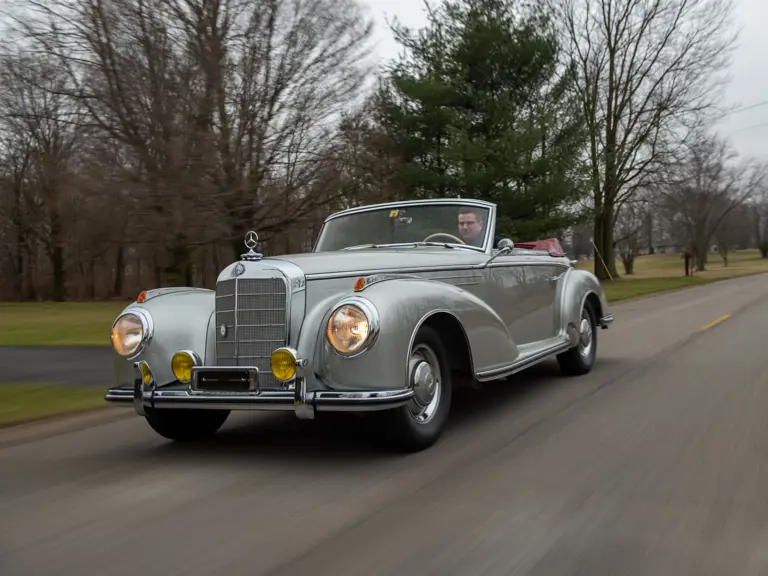
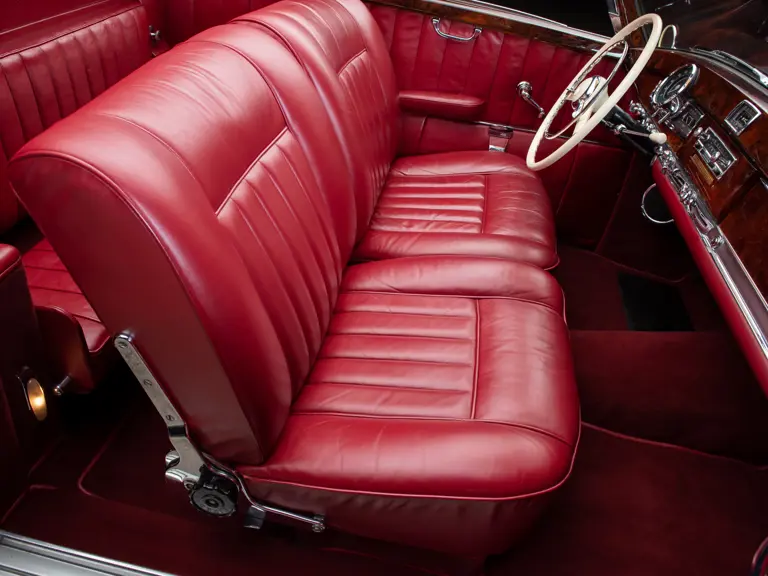
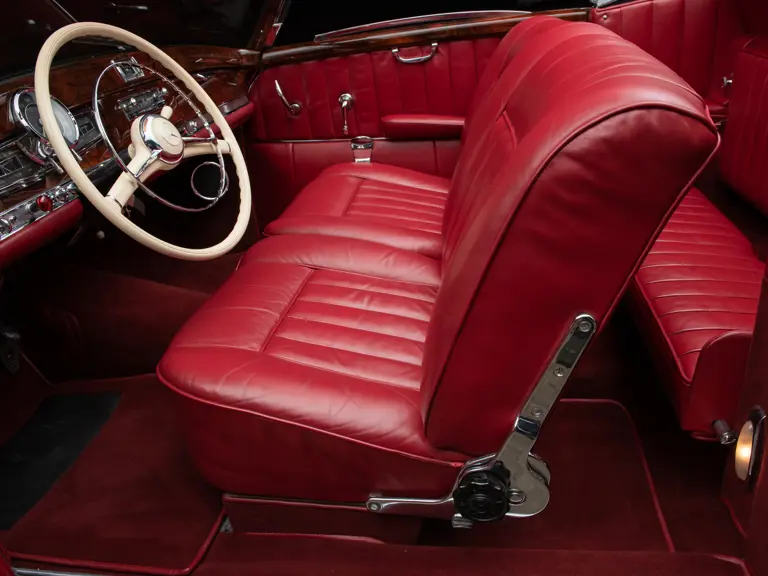

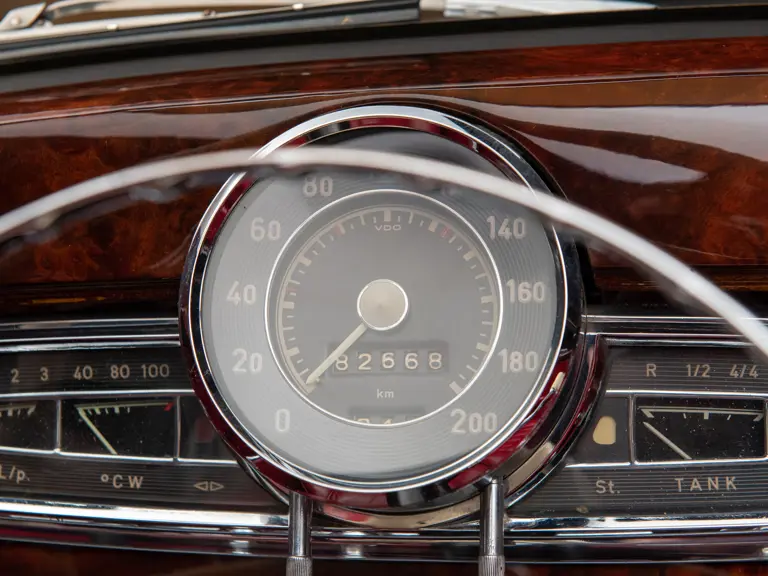
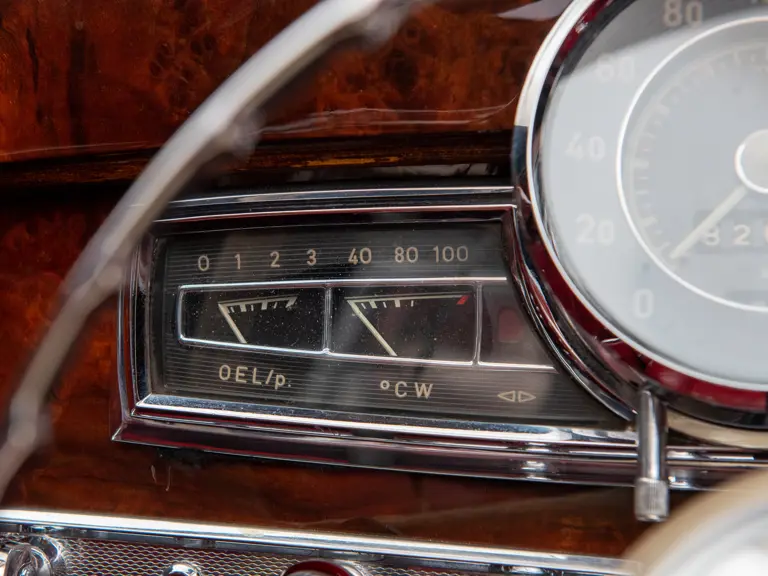
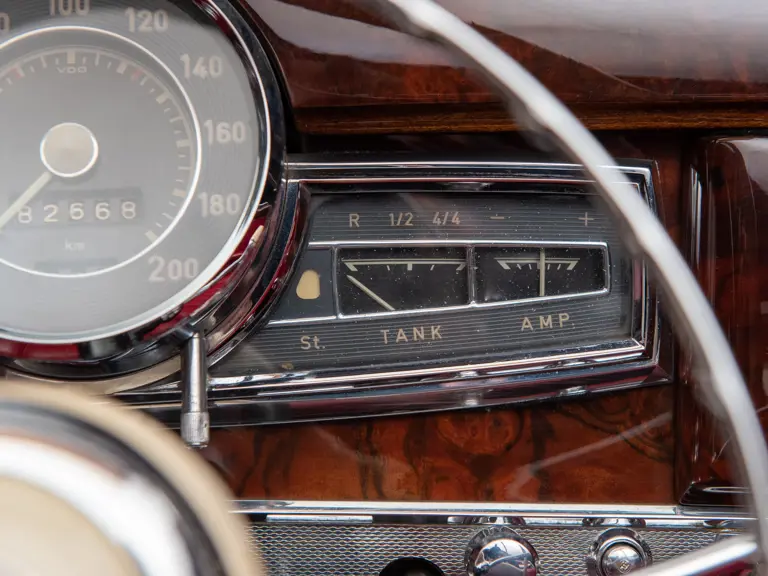
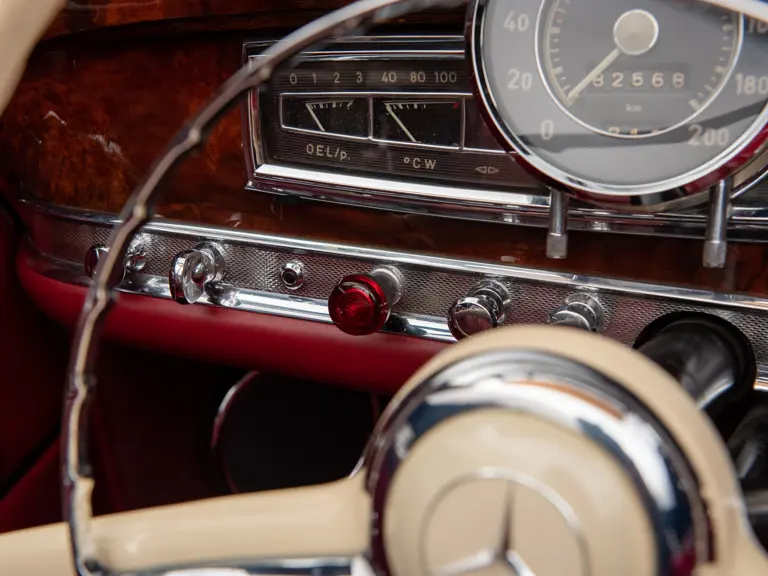
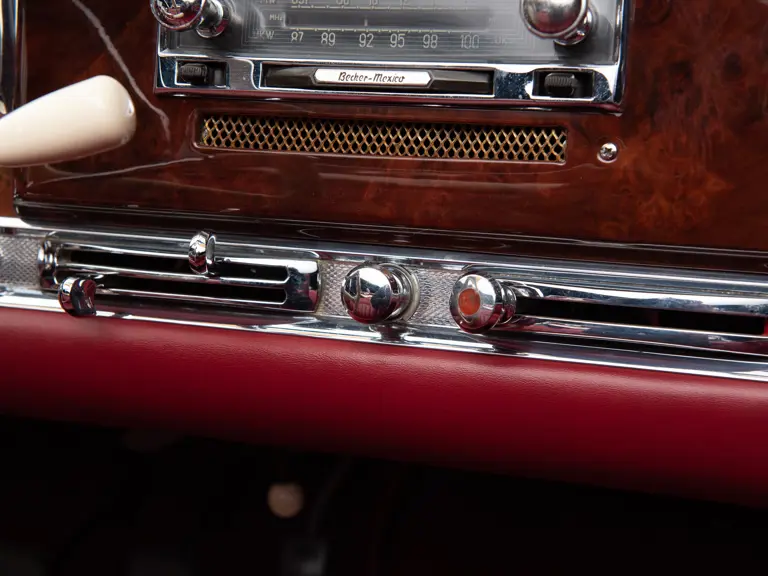

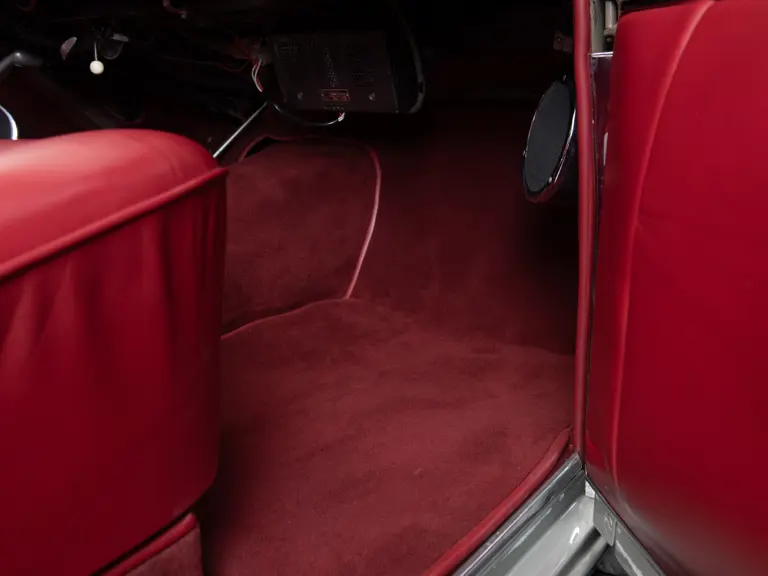


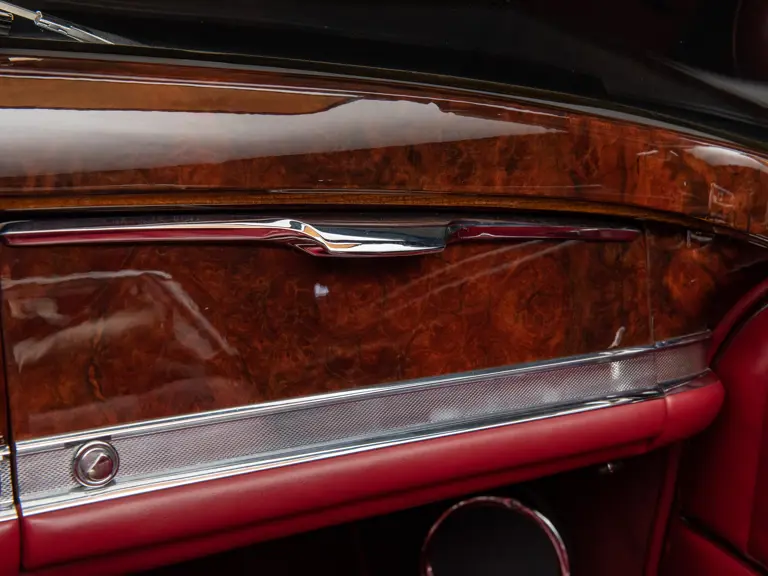
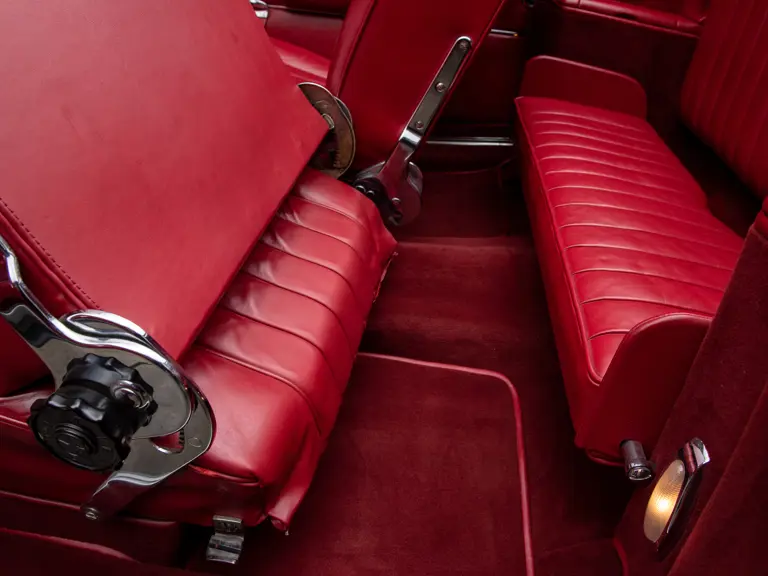
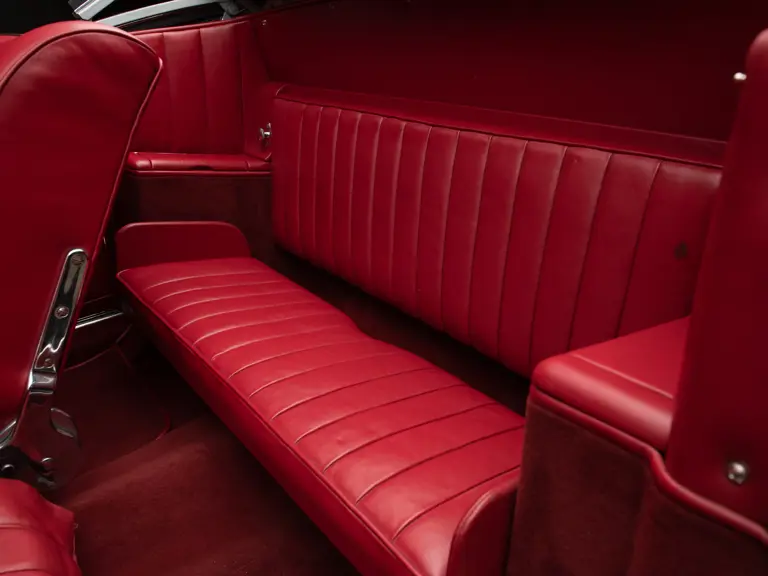

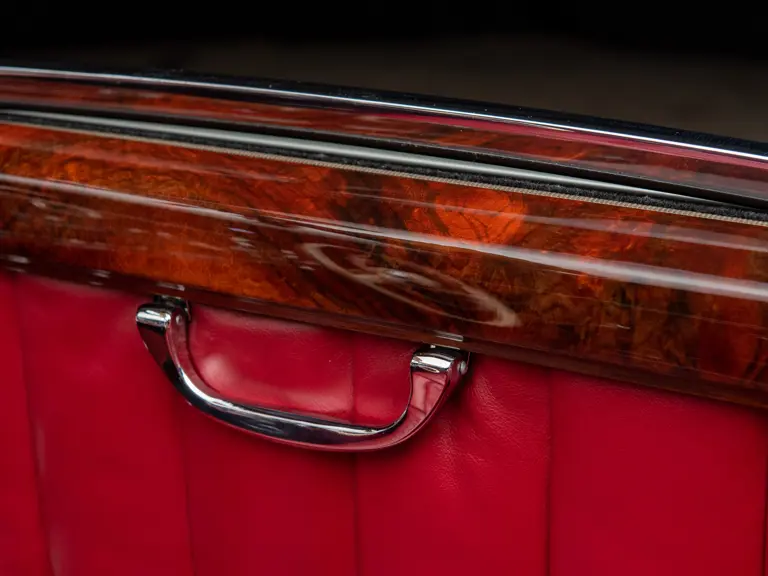
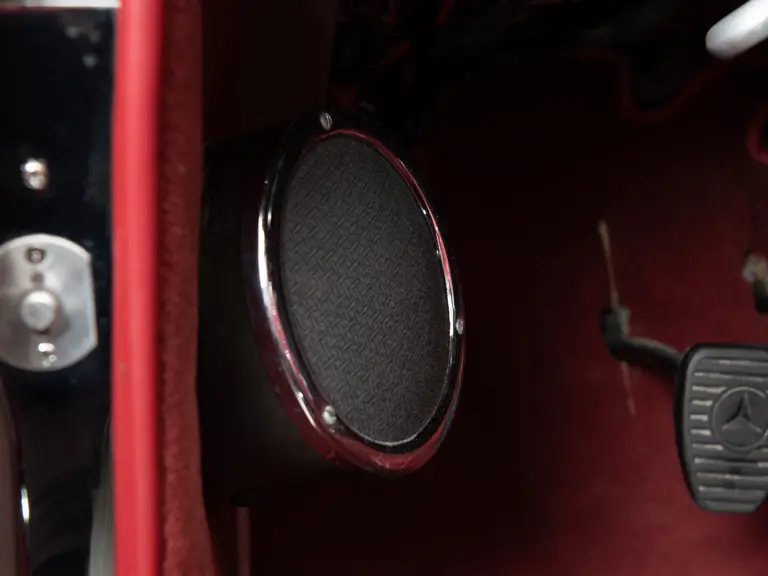
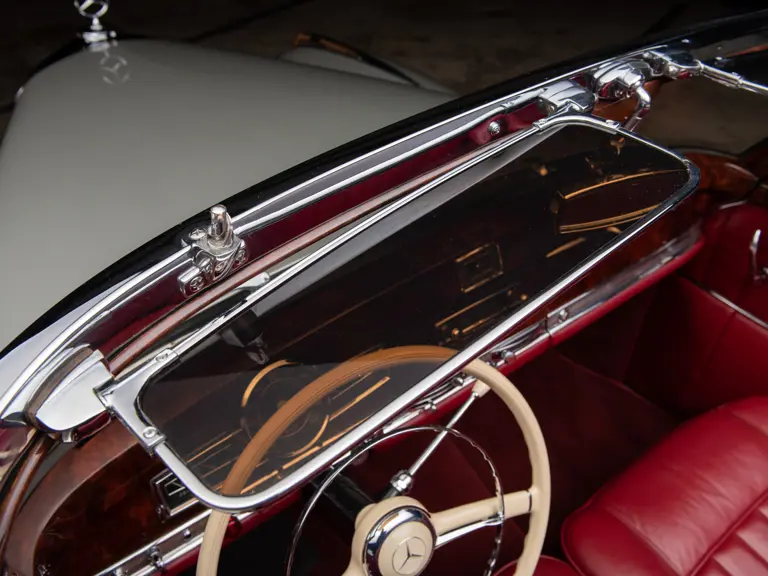

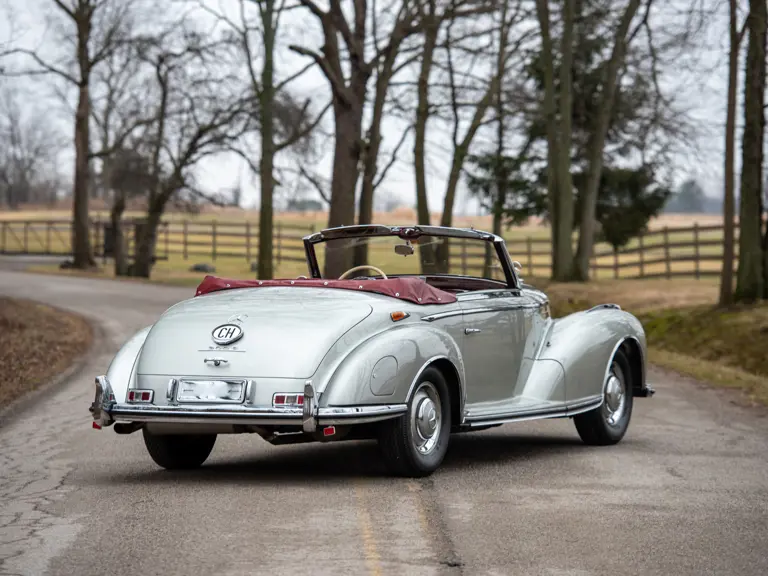

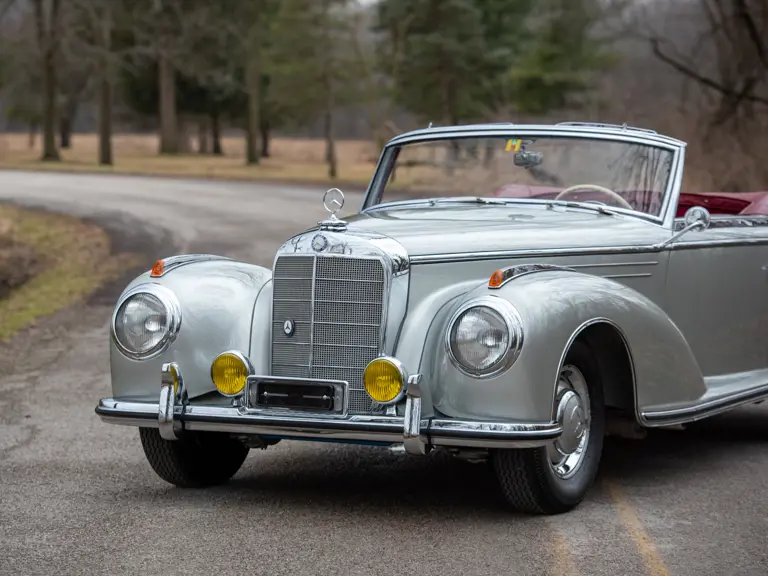
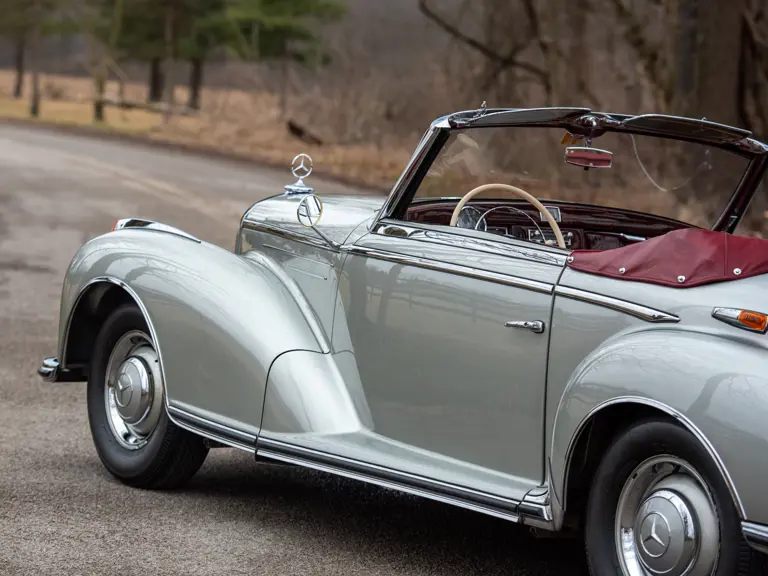
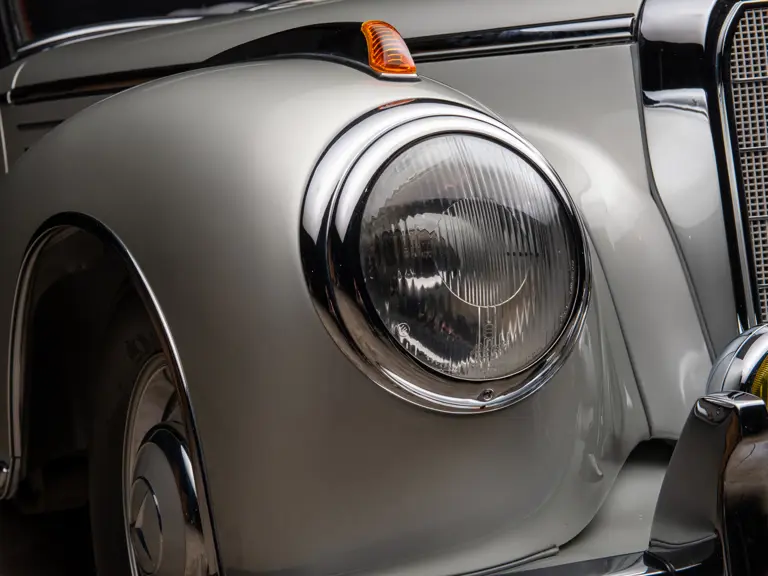
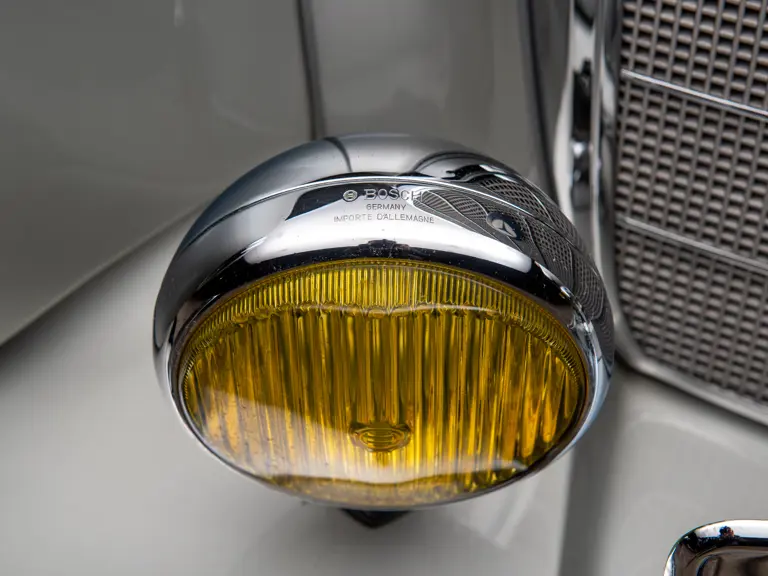
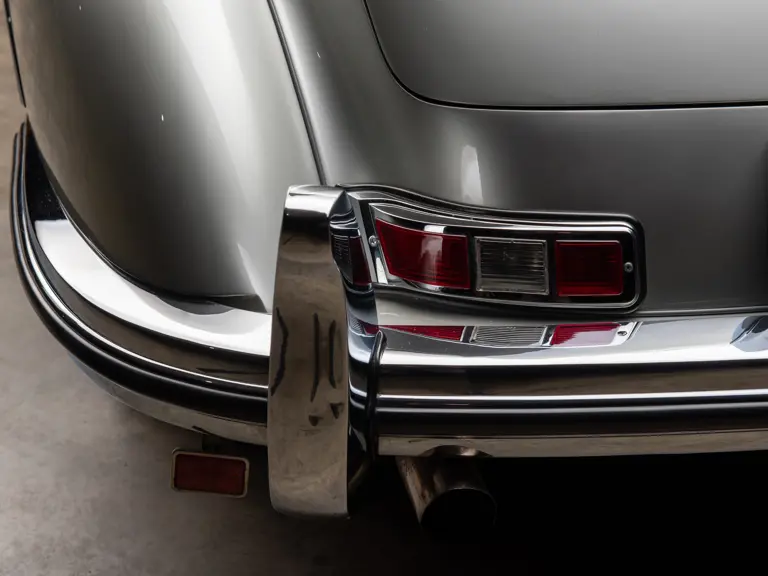

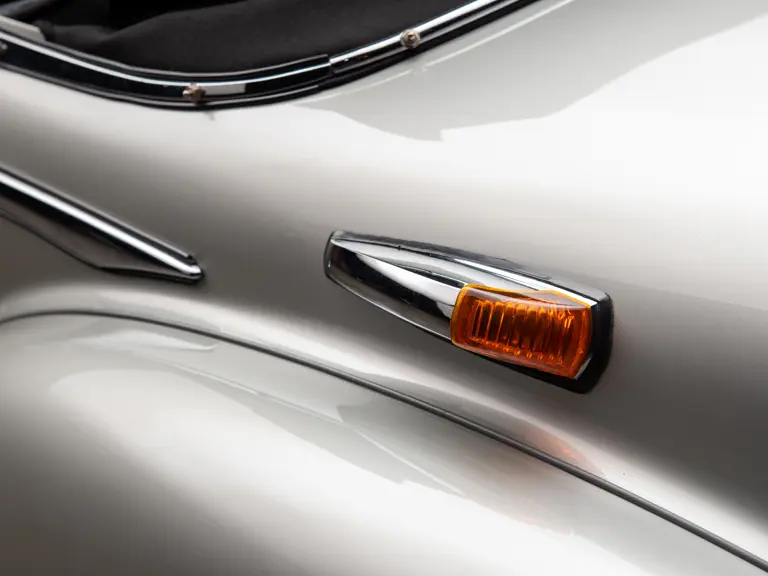

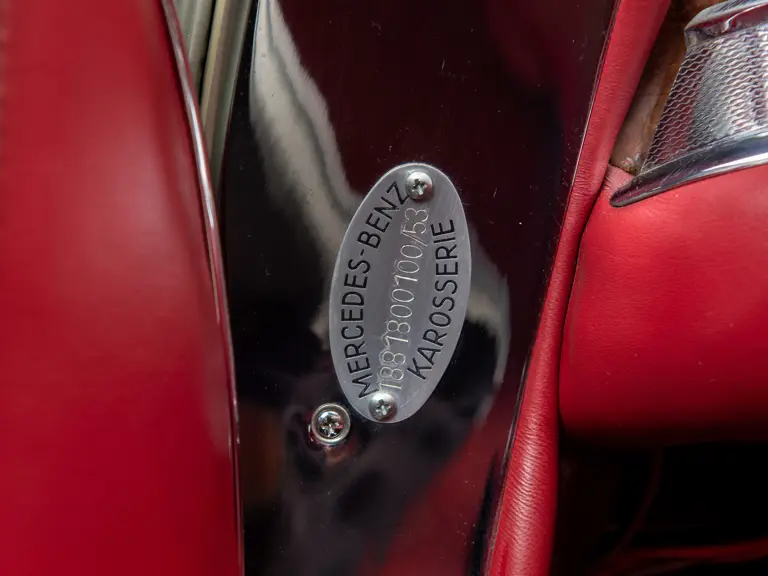
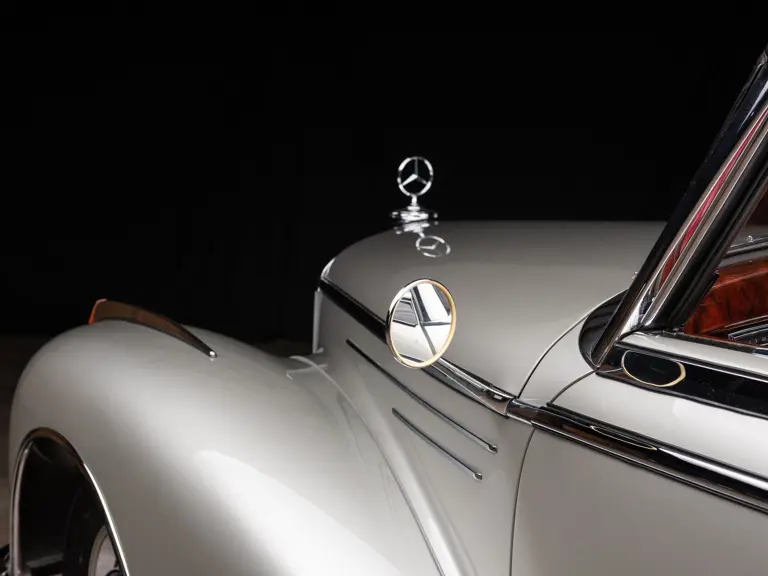
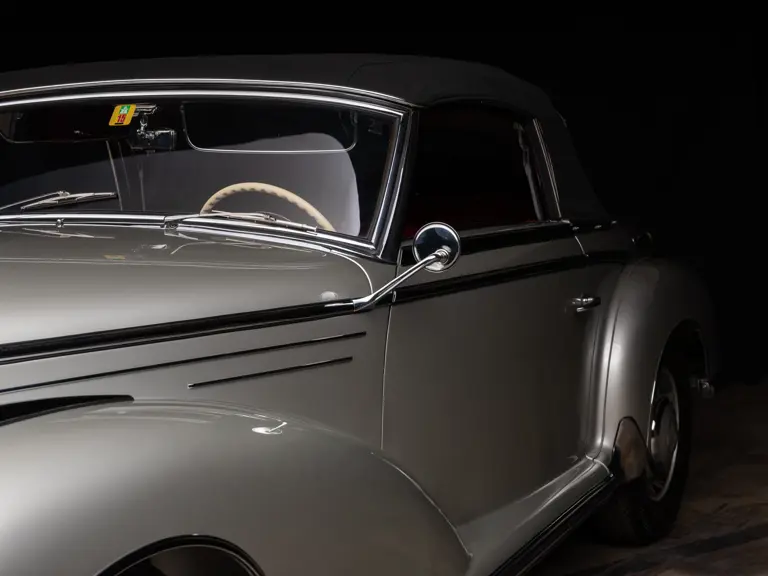
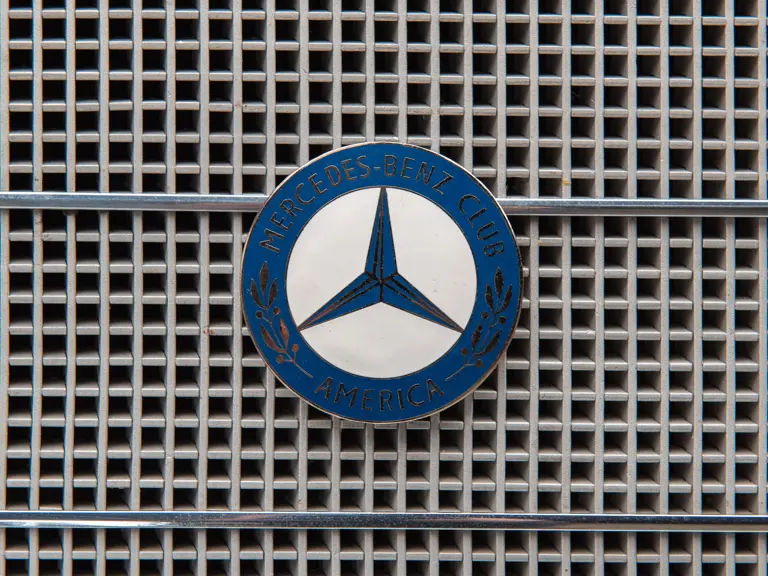
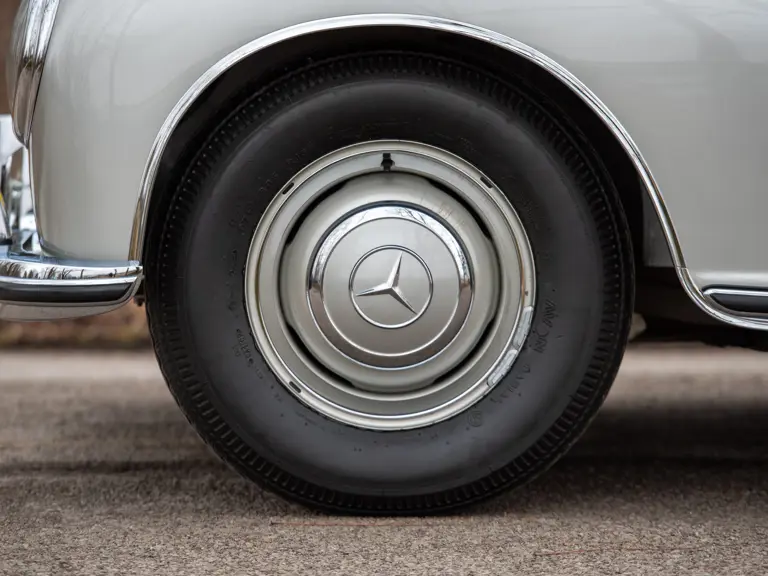
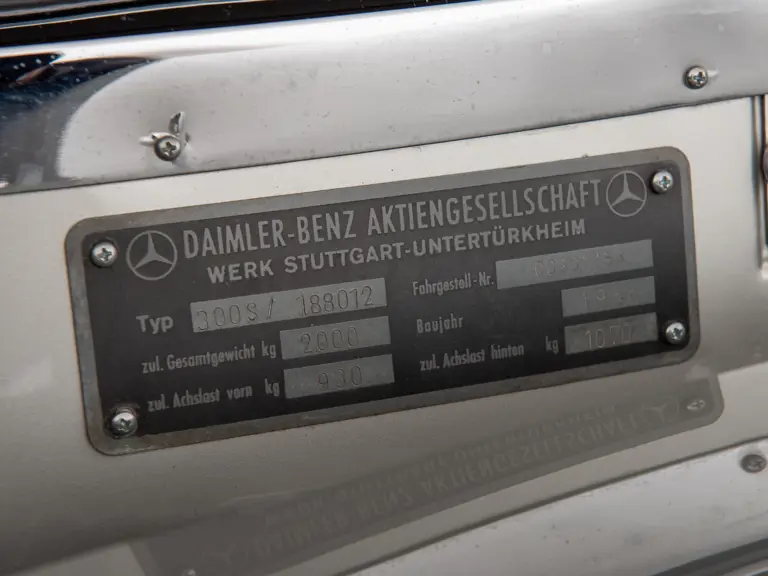
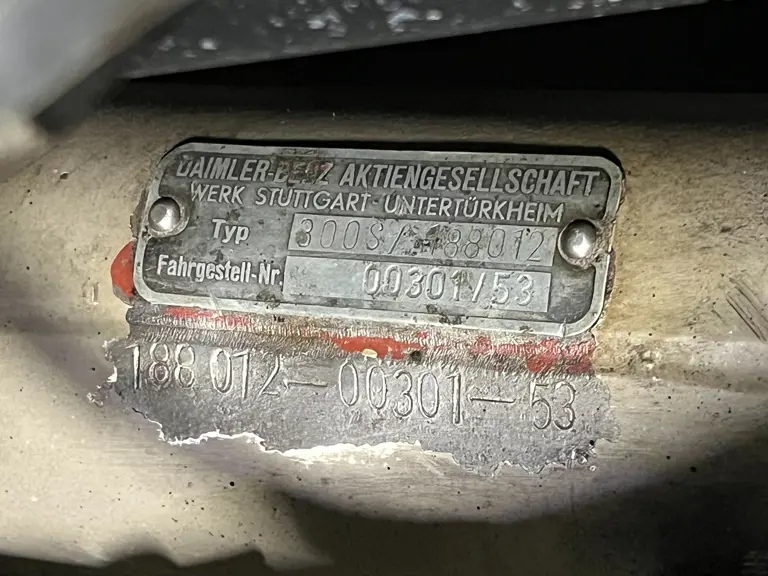
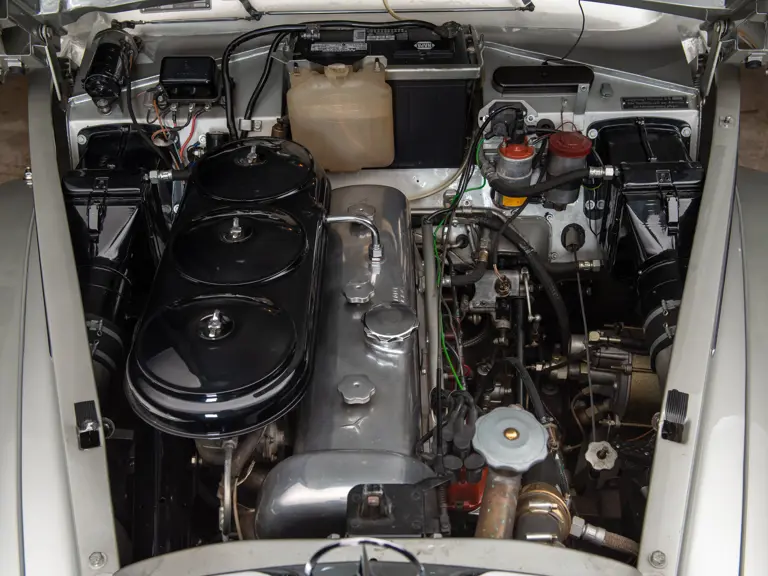
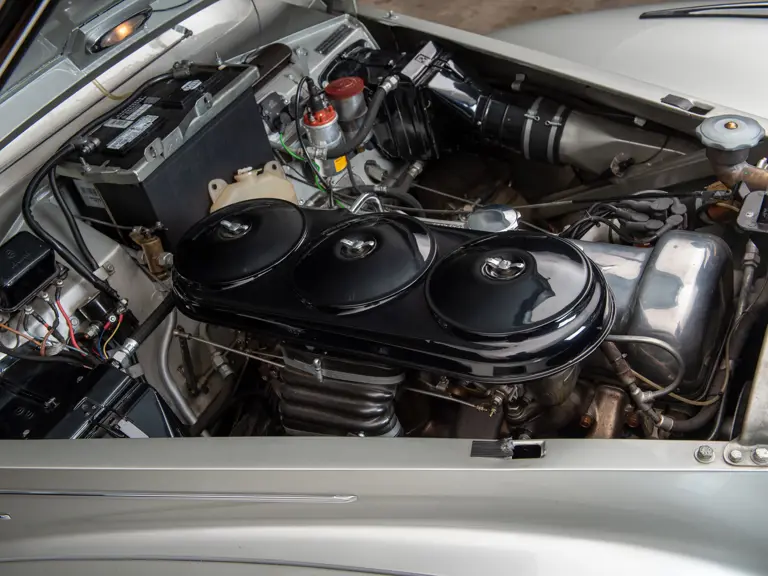
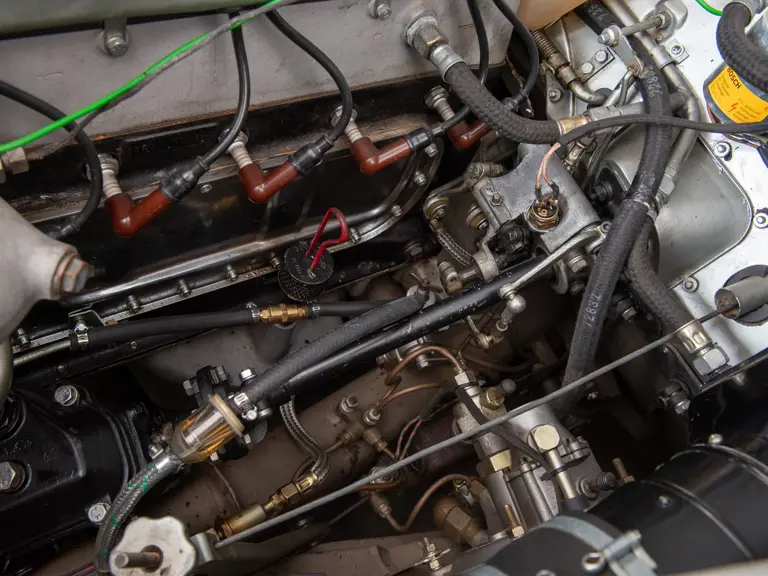
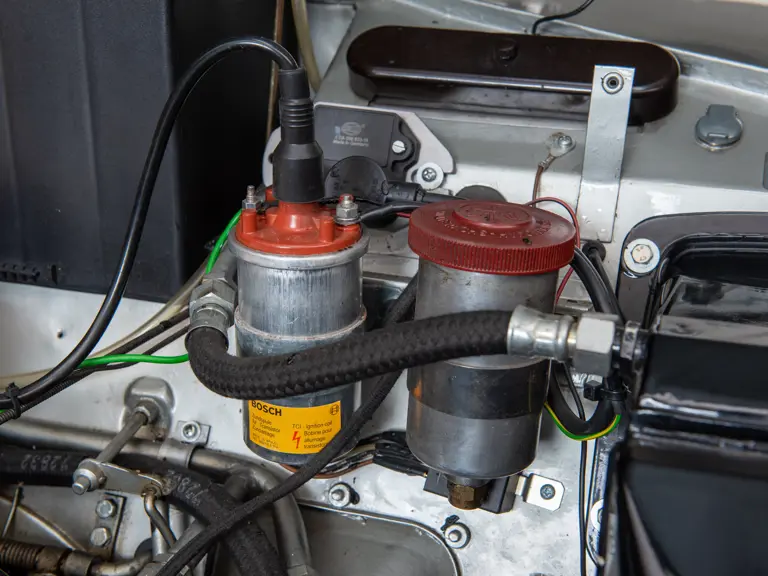
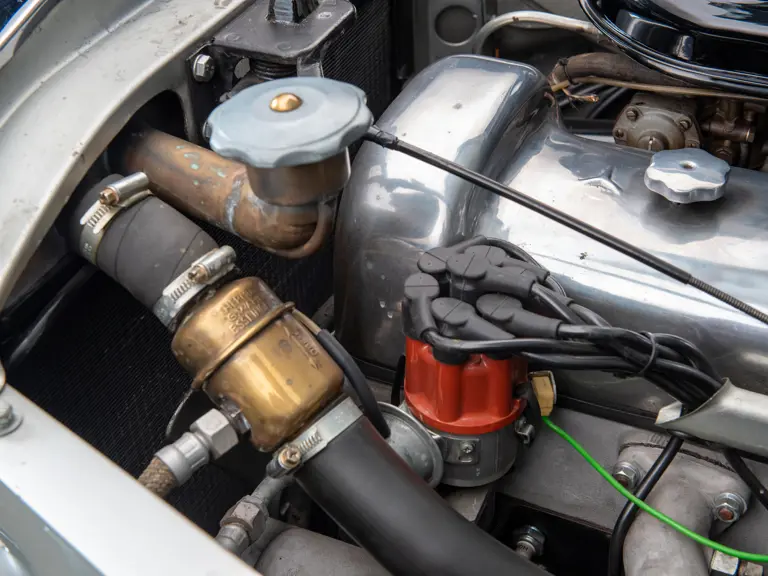
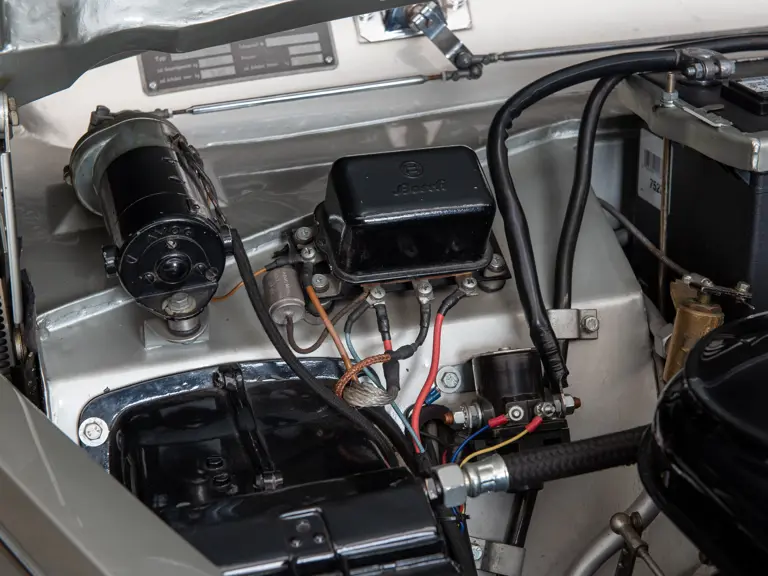
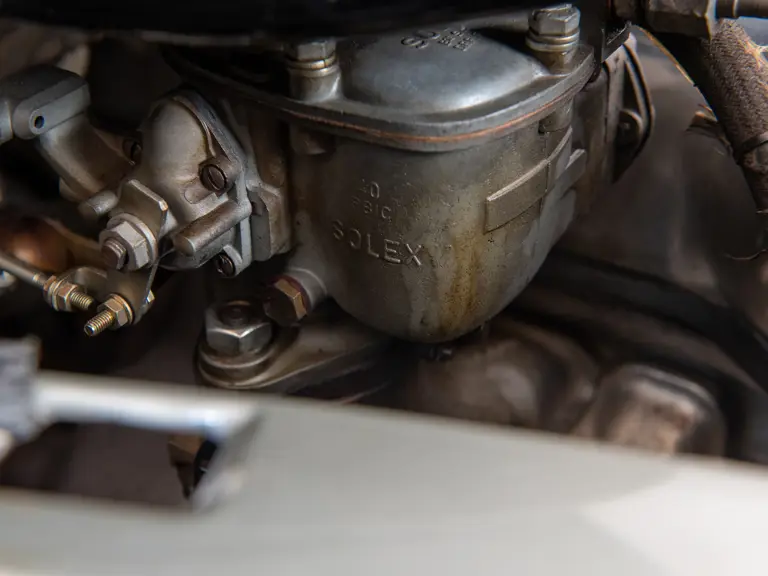

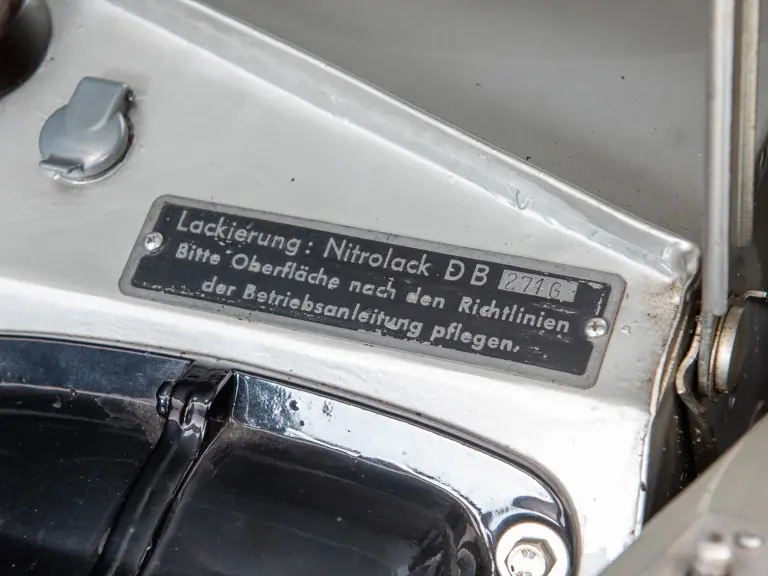
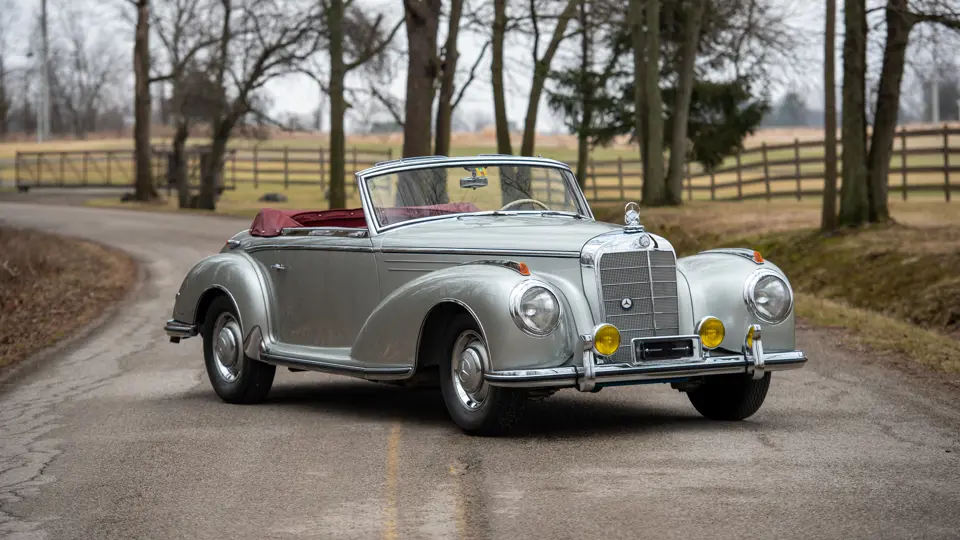
 | Amelia Island, Florida
| Amelia Island, Florida
